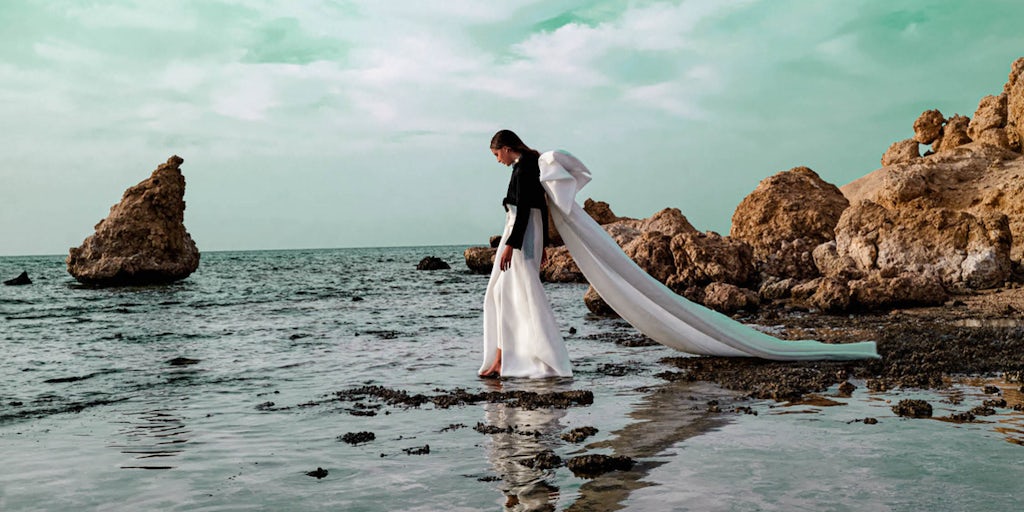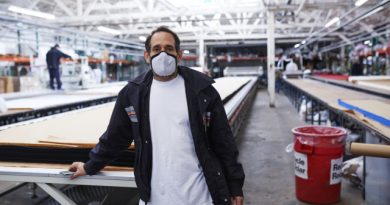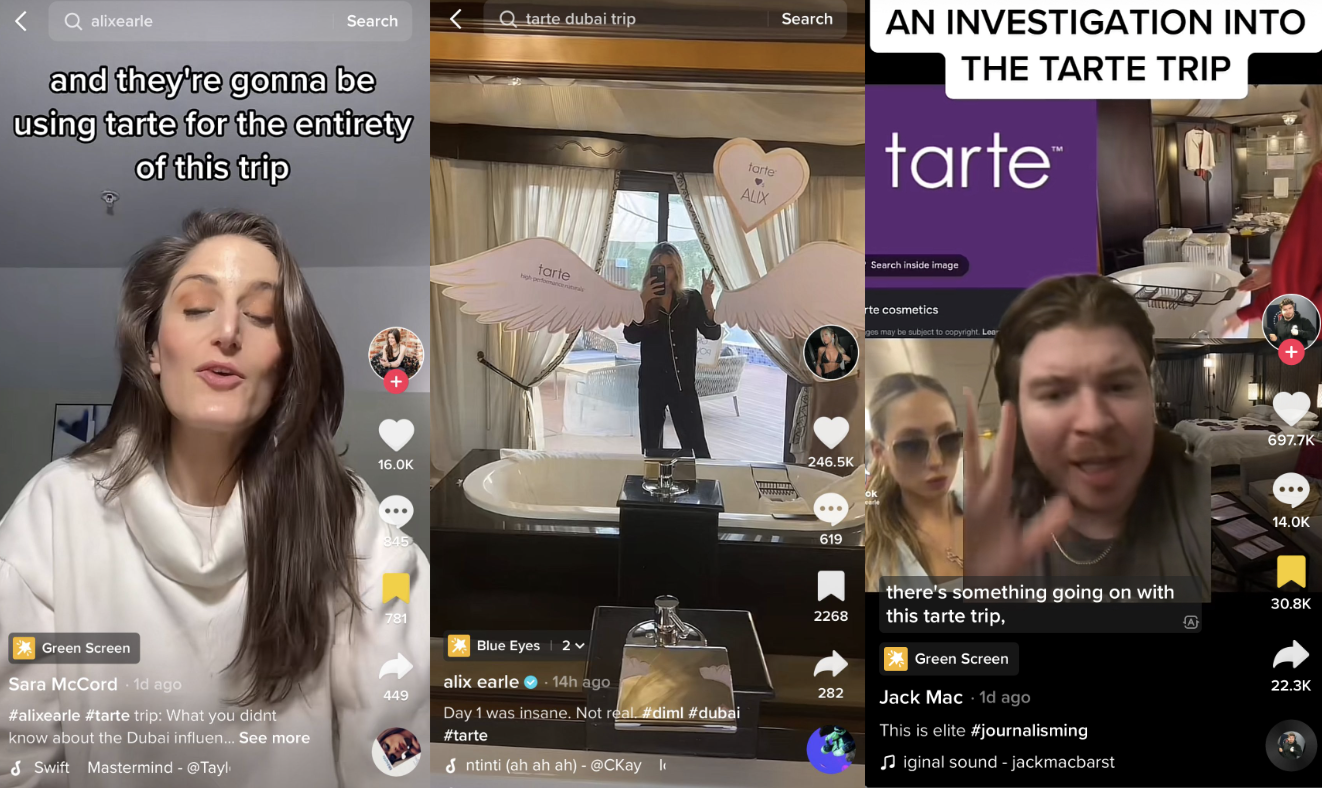A New Era of Arab-Led Fashion Media | BoF Professional, News & Analysis
Trailblazing model Taleedah Tamer, the first Saudi known to walk the runway at an haute couture show in Paris, is pictured walking across the cover of the debut issue of Harper’s Bazaar Saudi.
Behind her, what looks like a desolate rocky outcrop is actually the site of the futuristic planned city of Neom in Saudi Arabia’s northwest, and written in English and Arabic into the immense turquoise sky above her are the words: “The Sky is the Limit”.
The cover shoot, photographed by another Saudi woman, Norah Al Amri and styled by yet another local creative talent in Latifa bint Saad, seems clear in its intentions.
The debut issue of this magazine symbolises a major shift in the fashion media of the Middle East — especially for the rapidly changing kingdom of Saudi Arabia. After years of relying on expats to lead local editions, publishers have finally started to recruit more Arab talent and, after years spent pitching content to tourists who were once the target for many magazines here, local consumers are now being placed front and centre.
While industry leaders across the Gulf have applauded such moves as progress, most agree that recent changes made by fashion publishers were long overdue and that some don’t go far enough.
“The key will be to build a complete team here in Saudi, we are still ‘contributors’ and it’s still run by ITP [Media] in Dubai, but I believe that is their next step and that is on [ITP’s] agenda,” said Marriam Mossalli, the Saudi founder and chief executive of luxury creative consultancy Niche Arabia with headquarters in Jeddah and branches in Riyadh and Al-Khobar.
Local editions of Harper’s Bazaar, Esquire, Cosmopolitan and GQ are all published by ITP Media, one of the major players in the Gulf. ITP Media declined to provide comments for this story prior to publication.
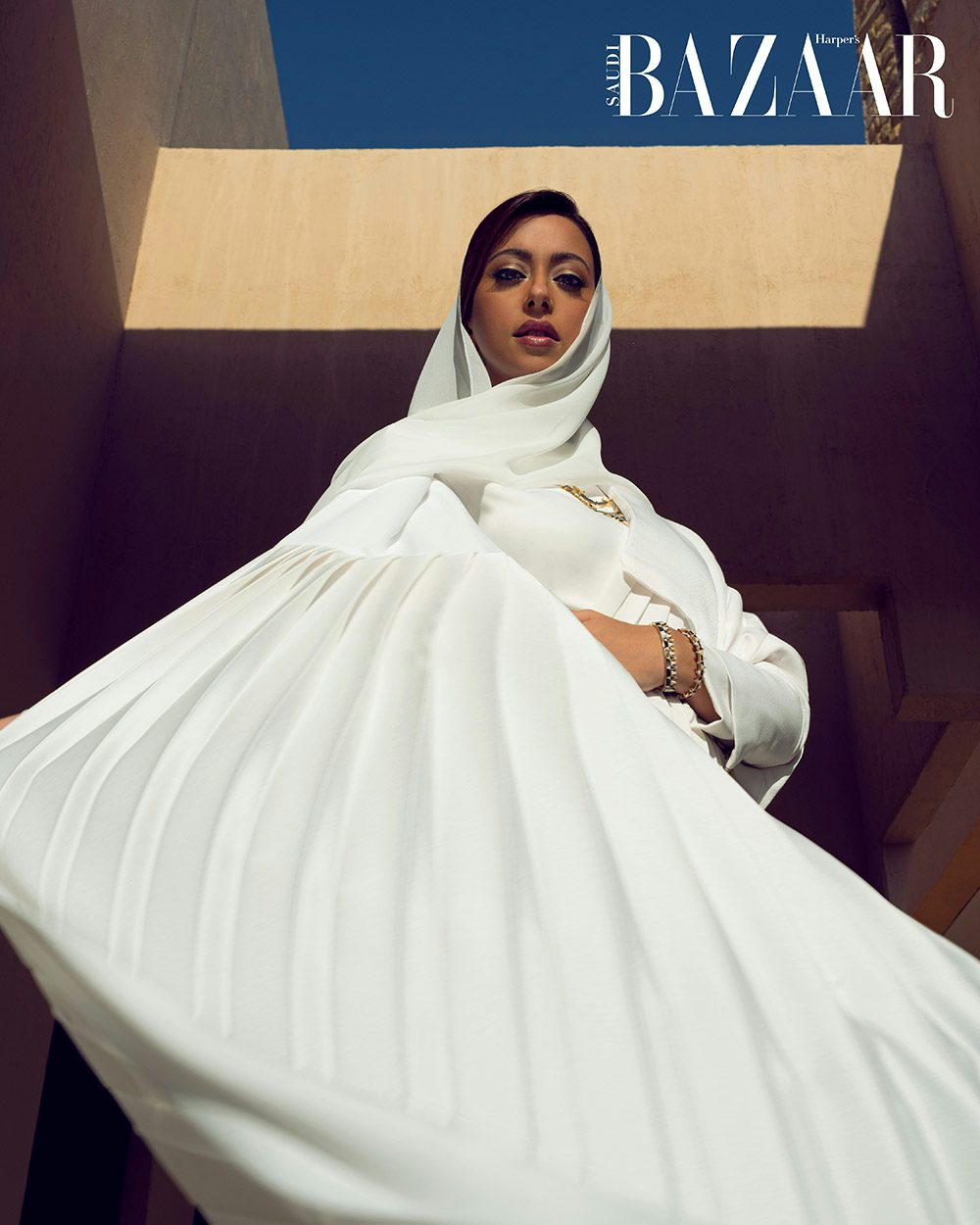
Princess Noura bint Faisal Al Saud for Harper’s Bazaar Arabia. ITP Media.
The development of fashion media in the Middle East, throughout its relatively short history, has been something of an anomaly, compared to that of other regions. Dubai-based media companies, usually run by expats, licensed local editions of foreign titles from the likes of Condé Nast and Hearst that were often staffed mainly by expats, and published in English. A few evolved into bilingual English-Arabic editions, the model adopted by the new Harper’s Bazaar Saudi and Esquire Saudi editions.
Most editions of Harper’s Bazaar and Esquire around the world are published by Hearst, putting them in competition with Vogue and GQ titles, which are published by Condé Nast, but the unique licensing environment of the fashion media in the Middle East has led to a situation in which some of these rivals are stablemates at ITP. Vogue Arabia is published by Nervora.
Vogue Arabia, which launched in 2017, is also bilingual. Its editor-in-chief, Manuel Arnaut, is originally from Portugal and started his career at Vogue Portugal. After moving to Dubai, he helmed Architectural Digest Middle East before taking the reins at Vogue Arabia, succeeding Saudi-born princess Deena Aljuhani Abdulaziz, who was fired from the job after presiding over only two issues. Arnaut did not respond to requests for comment prior to publication.
We want to be the cool title; I’m not competing with Vogue or Harper’s.
“The whole point of focussing on the GCC is that the creative talent is coming from the GCC,” said Elle Arabia’s Lebanese publisher Valia Taha, referring to Gulf Cooperation Council (GCC) markets of the United Arab Emirates, Saudi Arabia, Kuwait, Bahrain, Oman and Qatar.
“We want to be the cool title; I’m not competing with Vogue or Harper’s, I want to have the kids from the block on the cover. You might find a big celebrity on the cover, but you also might find an influencer with only 50,000 followers and we want to give her a chance,” Taha added.
Lagardère has been shaking up its strategy for Elle in the region thanks in part to the leadership of Valeria Bessolo-LLopiz, the title’s senior vice president and international director. Dubai-based Patrimony Media took over publishing Elle Arabia in 2019.
Previously, Elle also had a title called Elle Oriental in the region, based in Beirut and published in French and Arabic, helmed by Lebanese editor Desirée Sadek, but that edition has since been amalgamated into Elle Arabia, currently led by Dina Spahi (an American with Syrian heritage) for the print edition, and Lebanese editor Nada Kabbani for digital. Elle Arabia publishes separate English and Arabic titles, with the Arabic edition distributed across the GCC and English edition distributed across the GCC, excluding Saudi.
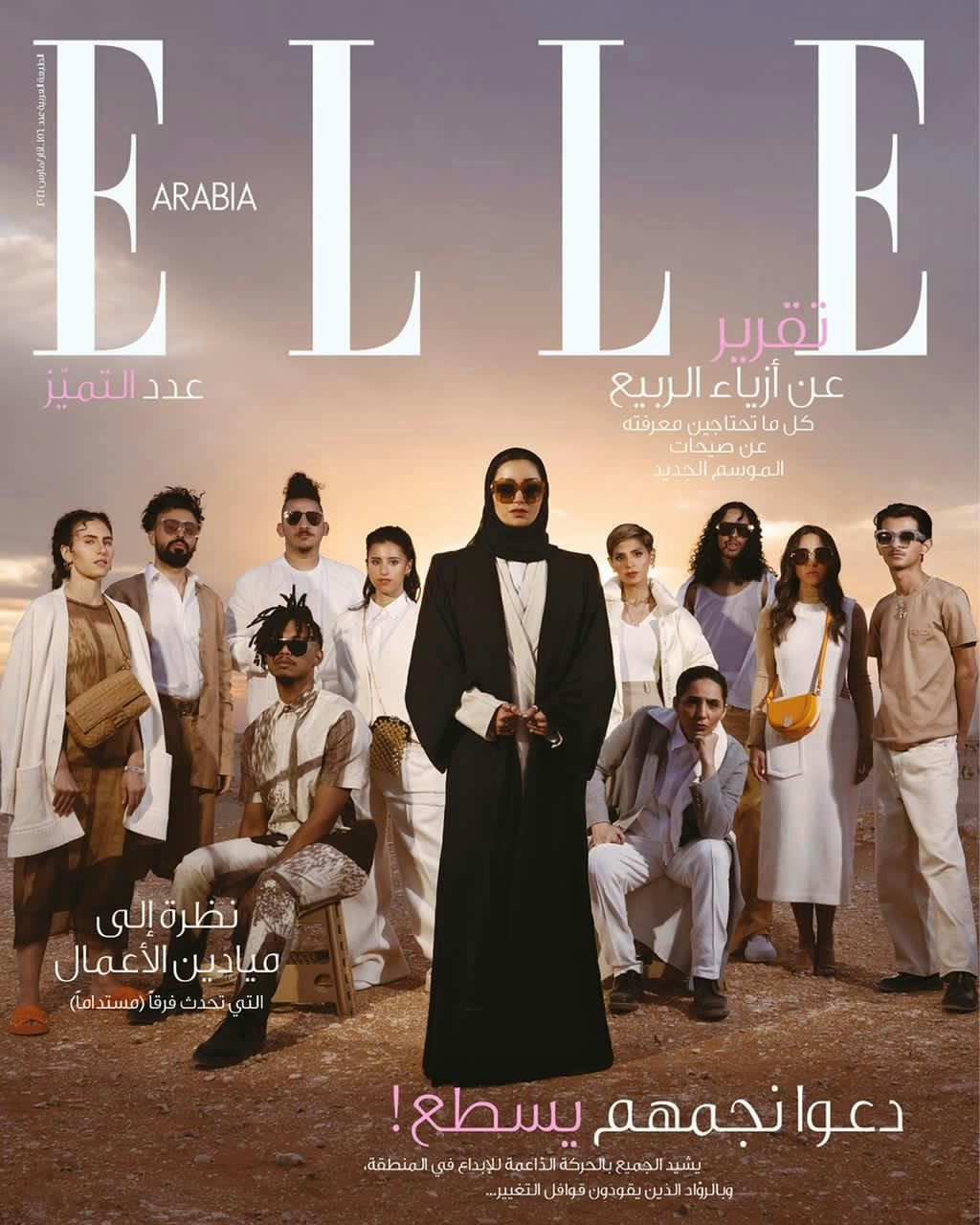
Elle Arabia’s February Cover 2021. Patrimony Media.
Until the launch of the Saudi edition of Harper’s Bazaar, it was unusual to see national editions of fashion titles. Instead, pan-Arab editions used regional distribution, in spite of significant local differences between consumer culture and fashion market evolution across the Middle East and North Africa (MENA) region, and even from country-to-country within the GCC.
Even with its highly-localised content on display for all to see, as well as the high-profile appointment of local contributing editors — like Saudi designer Hatem Alakeel at Esquire Saudi, for example — and the opening of a satellite office in Riyadh, the newest editions of Harper’s Bazaar and Esquire will be ostensibly run from Dubai for the time being, overseen respectively by Harper’s Bazaar Arabia editor-in-chief Olivia Phillips, and Esquire Middle East’s editor-in-chief Matthew Baxter-Priest.
Both Phillips and Baxter-Priest relocated to Dubai from the UK (Phillips in 2014 and Baxter-Priest in 2009), working their way through the local media ranks before being appointed editors-in-chief of their respective titles. Phillips in 2020 took over at Harper’s from short-lived chief editor Salma Awwad (a Kuwaiti born to Egyptian parents) who inherited the title from long-running UK-born editor Louise Nichol in 2018.
Baxter-Priest took the reins at Esquire in 2017 from fellow Brit, Jeremy Lawrence, who ran the men’s magazine for almost a decade prior to that. At GQ Middle East, Condé Nast appointed Adam Baidawi (who was born in Abu Dhabi to Iraqi parents and raised in Australia) chief editor in 2018 but later moved him to a global role as deputy editorial director of GQ as part of a recent reshuffle in December. South African-born Rusty Beukes is currently acting editor while the publisher recruits Baidawi’s replacement.
Arab-first, Arab-focused
The broad regional nature of most editions launched across the Middle East and the tendency for publishers to appoint non-locals to leadership roles have long frustrated fashion insiders in the region, including Zainab Al Abdulrazzaq, founder of 3oud digital magazine, which was recently acquired by retail real estate developer Tamdeen Group.
Al Abdulrazzaq is a former fashion director of Marie Claire Arabia, having become the first Kuwaiti fashion editor at that title in 2011.
They don’t have enough local people. That’s what is missing in the franchises. They don’t know what we want as locals.
“What is missing now here is the local touch in the local [editions of foreign magazines because local people] understand the market, they know what the clients want and the readers want,” Al Abdulrazzaq explained.
“In Harper’s Bazaar Arabia, or even in Vogue Arabia, they don’t have enough local people. That’s what is missing in the franchises. They don’t know what we want as locals,” she added.
This disconnect was one of the reasons Al Abdulrazzaq launched 3oud in 2015, published entirely in Arabic (though an English tab will soon be made available on the site, mainly so international brand clients can read the content it is publishing, she explained) and featuring local celebrities and influencers, local photographers and local designers.
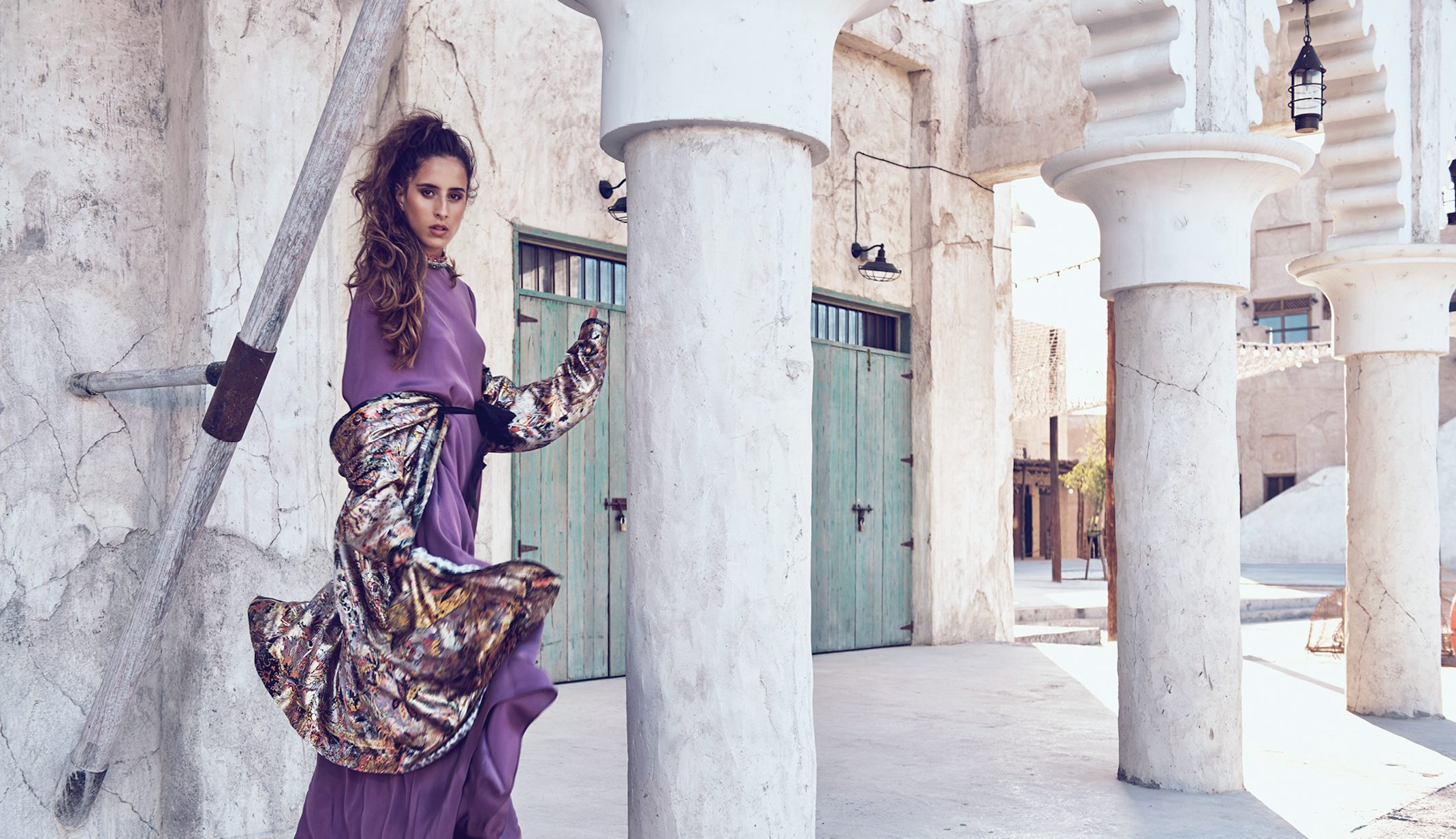
Taleedah Tamer appears in a shoot for Harper’s Bazaar Arabia in April 2018. ITP Media.
The observation that there hasn’t been enough Arab representation at senior levels of fashion magazines in the region is common, but insiders seem less concerned with an editor’s passport than with their granular knowledge of the market and linguistic expertise.
Jamila Halfichi, the Moroccan-born fashion editor of pan-Arab newspaper, Asharq Al Awsat, said: “For me, I don’t mind if it’s an American, a Moroccan or a Saudi at the helm, as long as they have a vision and a respect for the market,” she said.
If you respect the region and you want to address it, you should address it in its own language.
When publishers invest in Middle Eastern editions featuring English or French content over Arabic, the readership is inherently limited to bilingual locals and expats. Not only is this a bad business move, she suggests, but discourteous and illogical.
“When [international titles] go to Greece, it’s in Greek, if you go to Japan, it’s in Japanese, if you go to China, it’s in Chinese, so why not go to the Middle East with Arabic?,” Halfichi asked. “If you respect the region and you want to address it, you should address it in its own language.”
Currently, the move seems to be towards a bilingual future, and away from an English-focused past with some exceptions, including Marie Claire’s local editions, both of which are published only in Arabic.
According to Alexandre Hawari, chief executive of Mediaquest Corp., which holds regional licenses for publications including Marie Claire, international publishers’ attempts to justify the dearth of local representation by claiming that there isn’t a deep well of local talent no longer work. The local fashion editor talent pool may be relatively small, he suggests, but it is growing fast and should attract more investment.
“It’s like a flower, you need to nourish the flower so it can bloom,” he said, adding that Mediaquest’s Marie Claire and Haya fashion titles are “all Arabs, all the staff are Arabs, the editor-in-chief, the fashion editors are Arab.”
“There are Arabs who could run Vogue, for example,” Hawari contended. “You have very talented fashion editors that exist in the region.”
Following the Money
Hawari compares the current situation of Saudi Arabia’s opening to that of China decades earlier, and with it, the potentially declining fortunes of smaller neighbour, Dubai, with Hong Kong, once also the centre of gravity for international fashion titles in the Asian region.
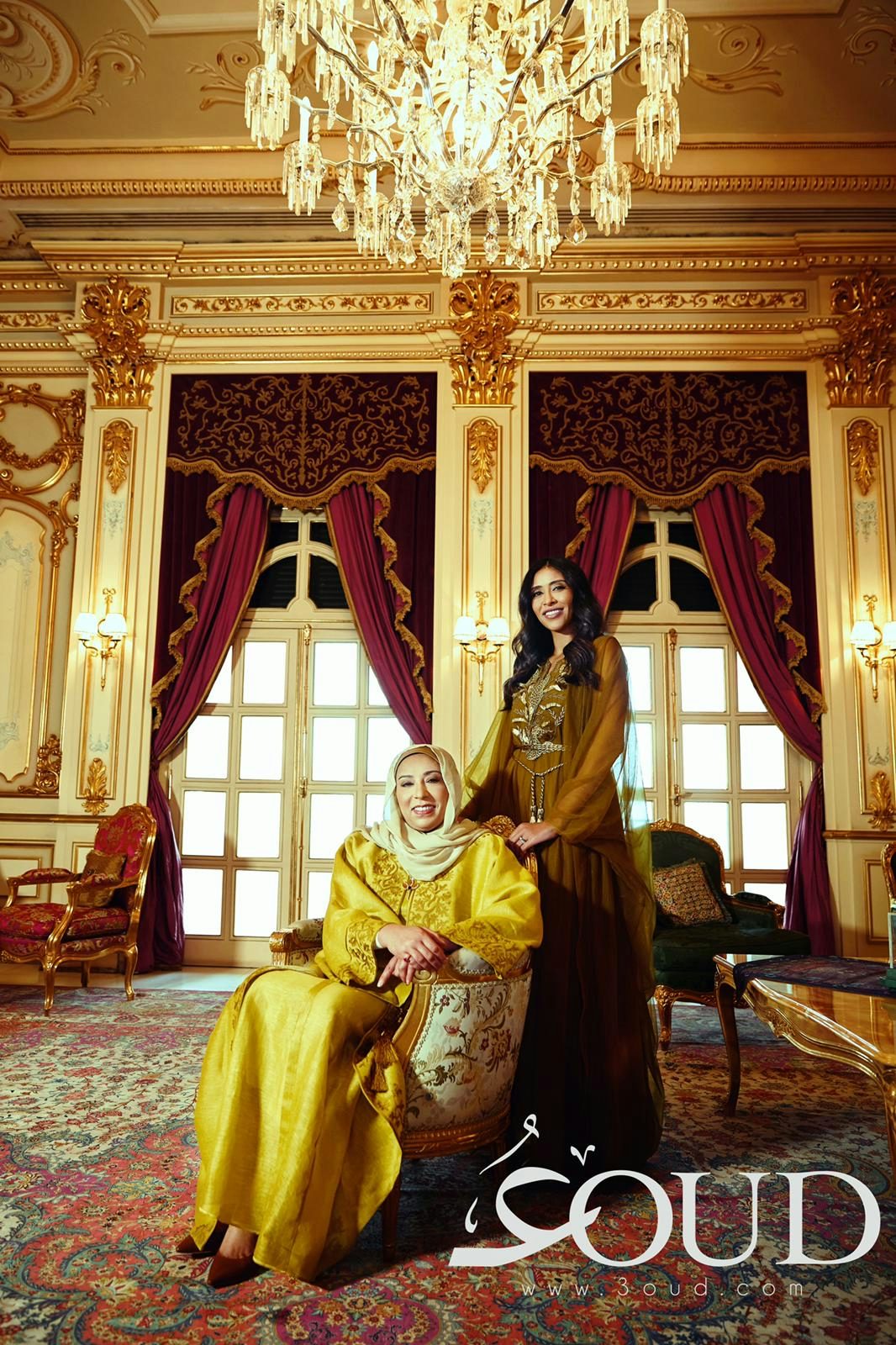
Sheikha Fadia Saad Al-Abdullah Al-Sabah and her daughter Sheikha Nabila Salman Al-Hamoud Al-Sabah pose for a recent 3oud photo shoot. 3oud.
“When China was very closed, Hong Kong was the place to be. Dubai was the place to be … but Saudi is opening much faster than any of us dreamed of. So I think all the brands [and] head offices are moving to the Kingdom because it’s the biggest market,” he said, though he also adds that Dubai is still ahead when it comes to services and ease of doing business, giving it some level of protection for the near term.
Saudi Arabia has a population of 34 million, 70 percent of whom are aged 30 and under and far fewer expats than Dubai. Its young people are thirsty for information, creative expression and fashion, as their conservative country opens to the world for the first time.
Dubai, by contrast, has only 3.3 million people (the UAE has almost 10 million), with more than 85 percent of the population made up of expats and a fashion and luxury industry that is dependent on tourists (many of them from neighbouring countries). It is far more cosmopolitan and liberal than Saudi and therefore more attractive to many Arab professionals as a place to relocate.
But it’s not only Saudi consumers that publishers are aiming to please. The Saudi authorities, who according to state-run media have said the kingdom will cease doing business with any international companies that don’t locate their regional head office there by 2024, are piling on the pressure.
Though the details of this stipulation are still fuzzy, as is the question of how authorities would enforce any such legislation, the opening of recent Saudi-specific fashion titles is something that may portend another future trend, in which titles look to make the shift from being pan-Arab, to focusing on different countries individually.
“There is a local scene that is emerging strongly,” Hewari said. “I can see that we might have Marie Claire Kuwait, Marie Claire Oman, Marie Claire Saudi, I think it’s something that can happen.”
Marie Claire Arabia currently publishes two editions in the region, one for Saudi and the other for the lower GCC.
While Saudi is the focus of most brands now, Egypt is going to be next.
Susan Sabet launched Pashion, a quarterly, bilingual Pan-Arabic fashion magazine from her base in Cairo in 2003. Though the title is distributed across the region, she says it’s often thought of by international advertisers as an Egyptian title, which she believes will be a future positive.
“While Saudi is the focus of most brands now, Egypt is going to be next,” she said, adding that, with a population of 100 million people and consumption largely coming from shoppers based within the country, rather than from incoming tourists, an eventual shift in attention to Egypt makes sense.
Sabet, like several others, agrees that the region remains under-served when it comes to fashion media. Even though traditional media businesses face the same challenges in the MENA region as they do globally, the opening up of high-net worth populations previously closed to fashion media titles, and the brands that advertise within them, will prove an attractive lure, even as publishers start to scale back elsewhere around the world.
This means more room and more opportunities for international fashion titles to make their mark on the Middle East, provided they are well-equipped to navigate the shifting sands of the region’s fashion landscape — and invest in local creativity, talent and leadership.
Related Articles:
Vogue Arabia’s Editor-in-Chief on the Diversity of Urban Markets in the Middle East
Middle East E-Commerce Takes Flight
Op-Ed | Wanted: Arab Brand Ambassadors

